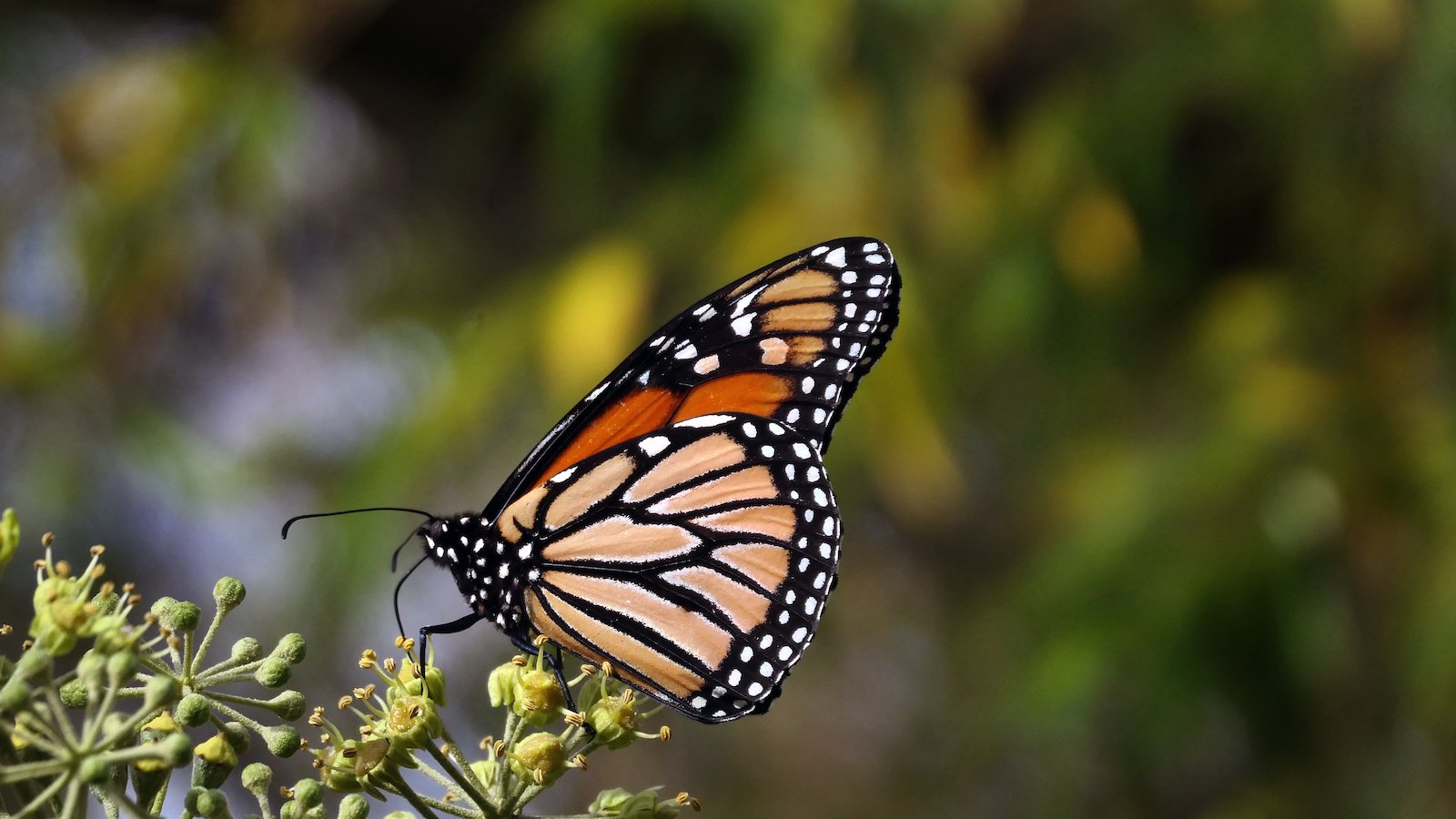
Final Monarch Metamorphosis
"Monarch Metamorphosis" is an immersive interactive exhibit that seeks to educate visitors about the life cycle of the monarch butterfly and the species' impending risk of being listed as endangered in the US by 2024. Upon approaching the installation, visitors are invited to interact with a moss wall or ecosystem terrarium, complete with butterfly mockups. As one touches these models, projection mapping brings the wall to life with the fluttering of monarchs, simulating their visitation to the Milkweed.
Collaborated with Cheng Hong
Monarch butterflies’ life cycle
Embark on the remarkable journey of the monarch butterfly, a tale of transformation from egg to splendor. It begins with a female monarch laying around 400 eggs on milkweed, the sole food for the emerging caterpillars. These caterpillars feast on milkweed, growing rapidly, preparing for a stunning change. In their final molt, also known as pupating, caterpillars encase themselves in a chrysalis for 8-13 days before emerging as butterflies. As adults, they're ready to mate within five days, continuing the cycle of life.
Why do monarchs matter?
Monarchs, play a crucial role in pollinating plants globally, supporting 35% of the world's food supply. Their remarkable 2,800-mile migration symbolizes endurance, change, hope, and life, inspiring people worldwide.
Monarch butterflies face significant risks due to climate change, habitat loss, pesticides, and decreased food sources, leading to an over 80% decline in their population in the last 20 years. They are expected to be listed as endangered in the US by 2024.
What purpose could this connection serve?
Upon approaching the installation, visitors are invited to interact with a butterfly model by placing it at the marked points. The projection mapping brings the wall to life with the fluttering of monarchs, simulating their visitation to the Milkweed. This display showcases their life cycle, significance, and risks to raise awareness about preserving monarch butterflies.
Fabrication
I reused the wooden frame from my previous project for the structure of this moss wall. The colorful preserved mosses represent the diversity of butterfly milkweeds, which are the main food source for monarch butterflies. I sketched curved lines on the white foam board and cut it out to create the area for attaching the preserved mosses.
Project mapping
We used a depth camera as the exhibit's sensory core, placing a butterfly model to activate the monarch's story. This interaction encourages participants to intimately experience the monarch's journey, gaining insight into their growth, miraculous metamorphosis, and the environmental challenges they encounter.
"Monarch Metamorphosis" offers an immersive educational experience to promote understanding and conservation of these vital insects. By conserving their habitats and cultivating milkweed, we can support monarch preservation.










